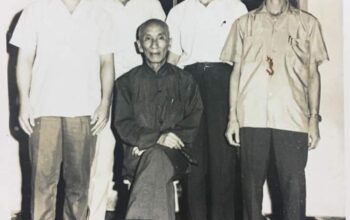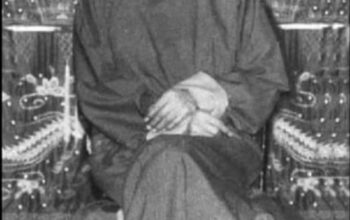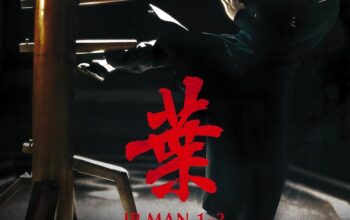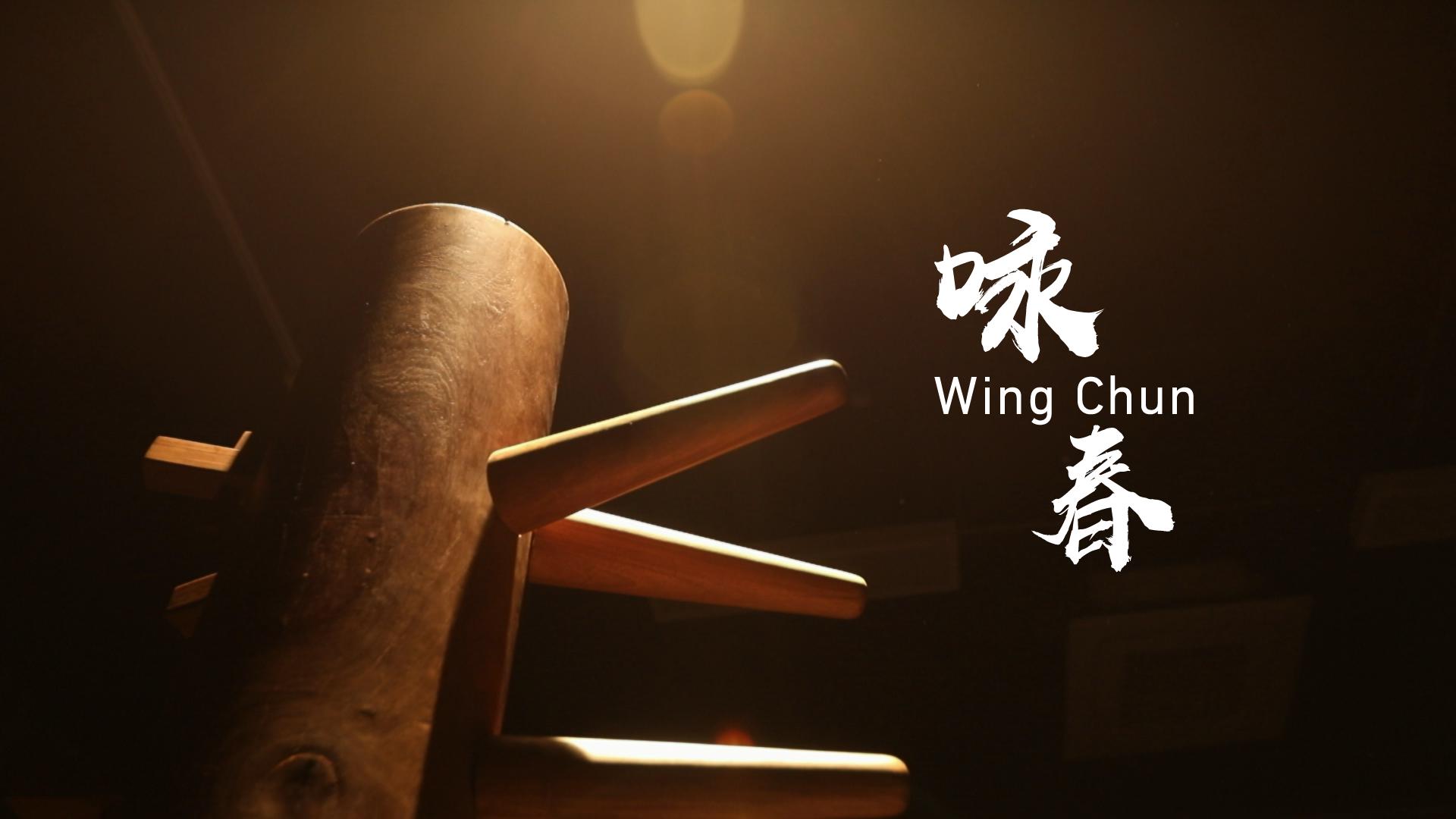Wing Chun, a traditional Chinese martial art, is known for its efficient and practical approach to combat. When it comes to dealing with punches and kicks, Wing Chun employs a unique set of principles and techniques that allow practitioners to effectively defend themselves while simultaneously launching counterattacks. Let’s explore how Wing Chun deals with punches and kicks.
One of the core principles in Wing Chun is “centerline theory.” The centerline refers to an imaginary line running down the center of the body, from the top of the head to the groin. Wing Chun practitioners focus on controlling and dominating the centerline, as it is the shortest and most direct path to the opponent’s vital targets. By maintaining a strong centerline position, Wing Chun practitioners can effectively intercept and neutralize incoming punches and kicks.
Wing Chun utilizes a range of techniques to deal with punches. One of the key defensive techniques is called “Tan Sao” or “Palm-up Block.” In Tan Sao, the practitioner’s palm faces upward, creating a wedge-like shape that deflects and redirects the opponent’s punch while simultaneously maintaining contact to control their limb. This technique allows Wing Chun practitioners to redirect the force of the punch, neutralizing its power and creating openings for counterattacks.
Another defensive technique employed in Wing Chun is called “Bong Sao” or “Wing Arm.” Bong Sao involves the practitioner’s arm sweeping upward in a circular motion, intercepting and redirecting the opponent’s punch. By rotating the forearm and maintaining contact with the opponent’s arm, the Wing Chun practitioner can disrupt the attack and exploit the opponent’s balance, creating opportunities for counterattacks.
In addition to punches, Wing Chun has effective strategies for dealing with kicks. One notable technique is the “Kicking Deflection.” When facing a kick, a Wing Chun practitioner may use techniques such as “Lap Sao” or “Pulling Hand” to deflect the kick by redirecting its trajectory off course. By using precise timing and sensitivity, the practitioner can disrupt the opponent’s balance and counterattack swiftly.
Wing Chun also incorporates close-quarters trapping techniques, which are particularly effective in dealing with kicks. Trapping involves controlling and immobilizing the opponent’s limbs at close range, preventing them from launching further attacks. By effectively trapping and immobilizing the leg or foot of an opponent who has initiated a kick, Wing Chun practitioners can neutralize the threat and create opportunities for close-range strikes or takedowns.
It is important to note that Wing Chun’s approach to dealing with punches and kicks is not solely based on blocking or deflecting attacks. Wing Chun emphasizes simultaneous attack and defense, encouraging practitioners to launch counterattacks while intercepting or neutralizing the opponent’s strikes. This concept, known as “Gwoh Sao” or “Fierce Hands,” allows Wing Chun practitioners to exploit openings and swiftly neutralize the opponent’s attacks.
In Wing Chun, the training methods also focus on developing sensitivity, timing, and positioning. Practitioners learn to read the opponent’s intentions through “Chi Sao” or “Sticky Hands” training, which enhances their ability to intercept and respond to punches and kicks effectively. Through regular practice, Wing Chun practitioners develop a keen sense of timing and the ability to flow with the opponent’s movements, enabling them to neutralize and counter attacks with efficiency.
In conclusion, Wing Chun employs a range of techniques and principles to deal with punches and kicks effectively. By utilizing concepts such as centerline theory, precise deflections, trapping, and simultaneous attack and defense, Wing Chun practitioners are able to neutralize incoming attacks while launching swift and precise counterattacks. Through consistent training and application of these principles, Wing Chun practitioners develop the skills and mindset necessary for effective self-defense in real-world situations.







